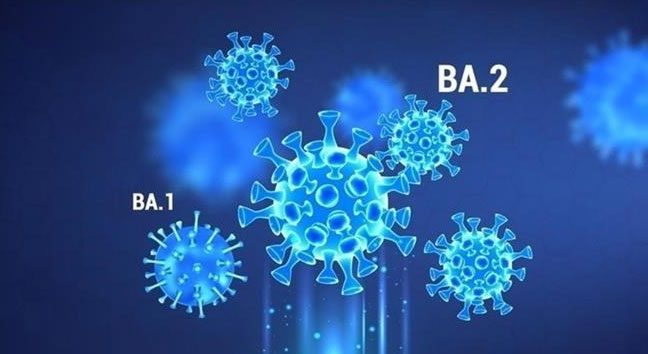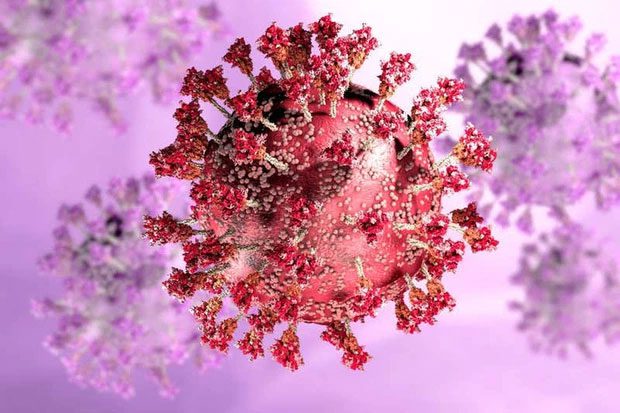According to a report from the National Library of Medicine of the United States, scientists have identified two additional unique symptoms of the “stealth” Omicron variant compared to the original version.
Headache, sore/itchy throat, sneezing, runny nose, and body aches remain common symptoms in individuals infected with BA.2.
However, the report from the National Library of Medicine has also revealed two other unique symptoms of BA.2, namely dizziness and fatigue.
Other symptoms that may appear when infected with the “stealth” Omicron include:
- Fever and body aches.
- Loss of taste.
- Nausea or vomiting.
- Abdominal pain.
- Dry cough.
- Muscle pain.
- Rapid heartbeat.
- Shortness of breath in severe cases.
Does “stealth” Omicron spread faster?

The report from the National Library of Medicine also reveals that BA.2 is 30% more transmissible than the original Omicron variant.
Preliminary studies suggest that BA.2 may evade the immune response generated by vaccines and immunity from previous COVID-19 infections.
A study conducted in Denmark involving 8,500 households and 18,000 individuals found that BA.2 transmits significantly more than BA.1. Additionally, the study showed that this subvariant of Omicron has a higher ability to evade vaccine immunity compared to BA.1.
However, in a recent update, the World Health Organization (WHO) stated that the subvariant of Omicron is not more severe than the original variant.
“We do not see any differences in severity between BA.2 and BA.1,” said Maria Van Kerkhove, an infectious disease epidemiologist with the WHO’s COVID-19 response team, in a social media post.
She emphasized: “Omicron is not a ‘mild’ variant; it is just less severe than Delta.”
How is “stealth” Omicron different from the original Omicron?
Initial reports indicate that BA.2 is much harder to track than the original Omicron variant because it lacks the S gene in the spike protein, a gene that helps detect COVID-19. Normally, healthcare professionals can easily detect Omicron using RT-PCR tests. However, in the “stealth” Omicron version, this gene is absent, making detection more challenging.
Nonetheless, thanks to genome sequencing, we can still identify this new subvariant, although obtaining results will take longer.
Is “stealth” Omicron a cause for concern?

The subvariant of Omicron, BA.2, is very difficult to detect. (Photo: Shutterstock/Naeblys)
Dr. Barton F. Haynes, director of the vaccine institute at Duke University (USA), stated that BA.2 is a concerning subvariant due to its molecular changes.
“Because BA.2 is so different from the original Omicron, it may evade current vaccines as well as neutralizing antibodies from Omicron BA.1. So far, we are conducting further research on BA.2 to see if the neutralizing antibodies generated by current vaccines can neutralize this subvariant.”
“Whether it is BA.2 or any other subvariant of Omicron or SARS-CoV-2, there is undeniable evidence that vaccines continue to be effective in protecting people from virus infection and are highly effective in protecting against severe illness or death due to SARS-CoV-2 infection,” said Dr. Richard Reithinger, vice president for global health at RTI International (a nonprofit health organization in the USA).
Dr. Reithinger advises: “Furthermore, even after vaccination, people should adhere to other measures, such as wearing masks, maintaining distance, and regularly sanitizing hands, especially in crowded places and/or areas with a high potential for transmission.”

















































